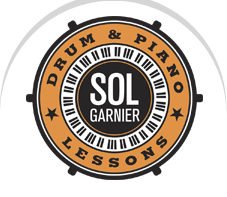When parents bring their child to my studio, I don’t ask them to go buy a book and have them follow it through the weeks. What I do, instead, is look at the pupil, talk to her and gauge what would be the best way to communicate music with her. What I mean is that I tailor my approach from what I observe. All the exercises will be designed with the same frame of mind. And, would you know it? No two students approach learning an instrument the same way. Some people can’t wait to jump to the keyboard and begin the journey in a bold and brave way. Some people are more shy, asking to be gently guided towards the wonders of music. Some people require a lot of words to play anything, sometimes up to 300 words per note!
I am all right with every one’s sensitivity. As long as they want to learn, we will be good friends. But it is very difficult to find a book that will have all these different approaches in its pages. What it does require from me, though, is to have a lot of different ways to get to a scale or an arpeggio, or a reading exercise. Some people are more intellectual, some are more physical. My job is to find out how they function and with that insight, develop their interest in music through their personality. And, as the lessons pile up and the student moves forward, I design a progression both solid and fun to get to the next step. No need to let down a pupil and confront him with an exercise or a concept so hard, it will be felt like a wall. The reason for a teacher is to have that wall shrunk to the size of a step on a staircase in order to climb upward.
So, I do not use any book in particular. Instead, I use a catalog of books covering a bunch of different concepts. I also have a few hundred pages that I made to cover pretty much any situation.
I use a catalog of books covering a bunch of different concepts. I also have a few hundred pages that I made to cover pretty much any situation.
